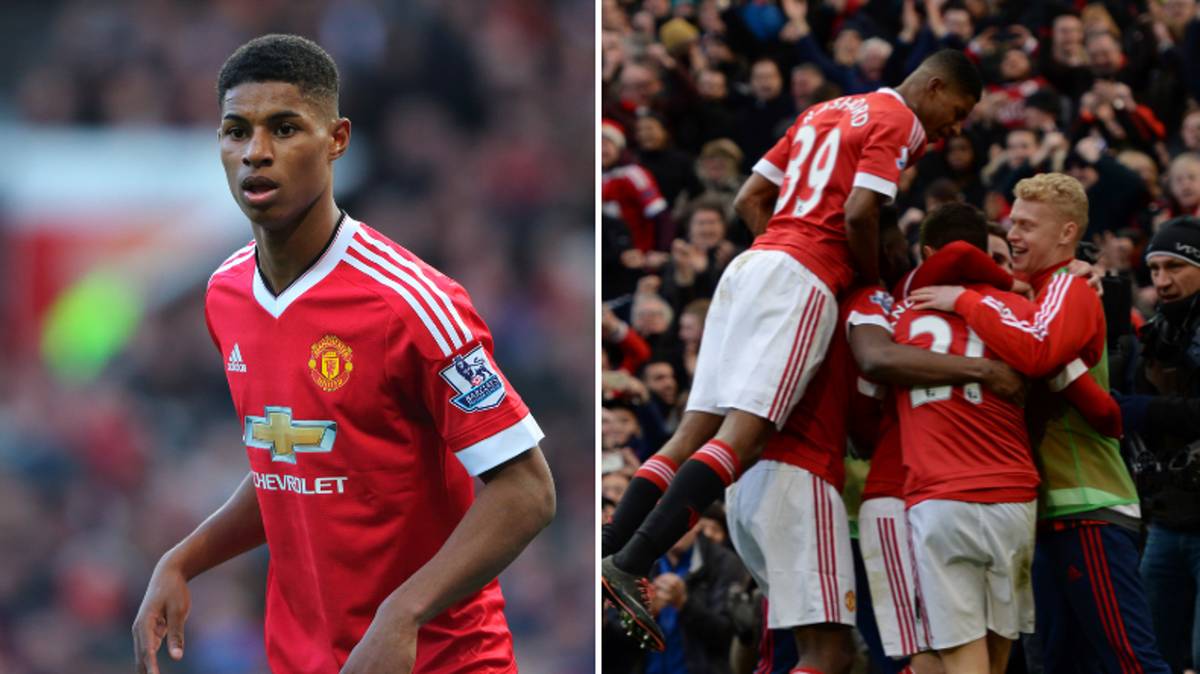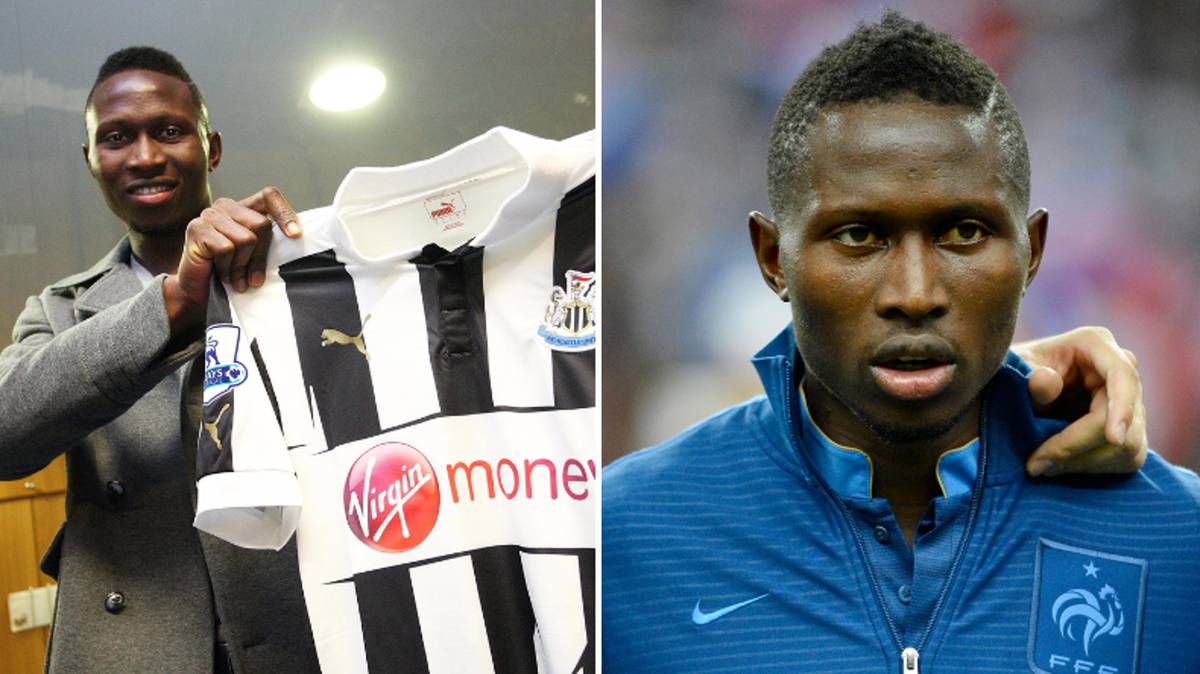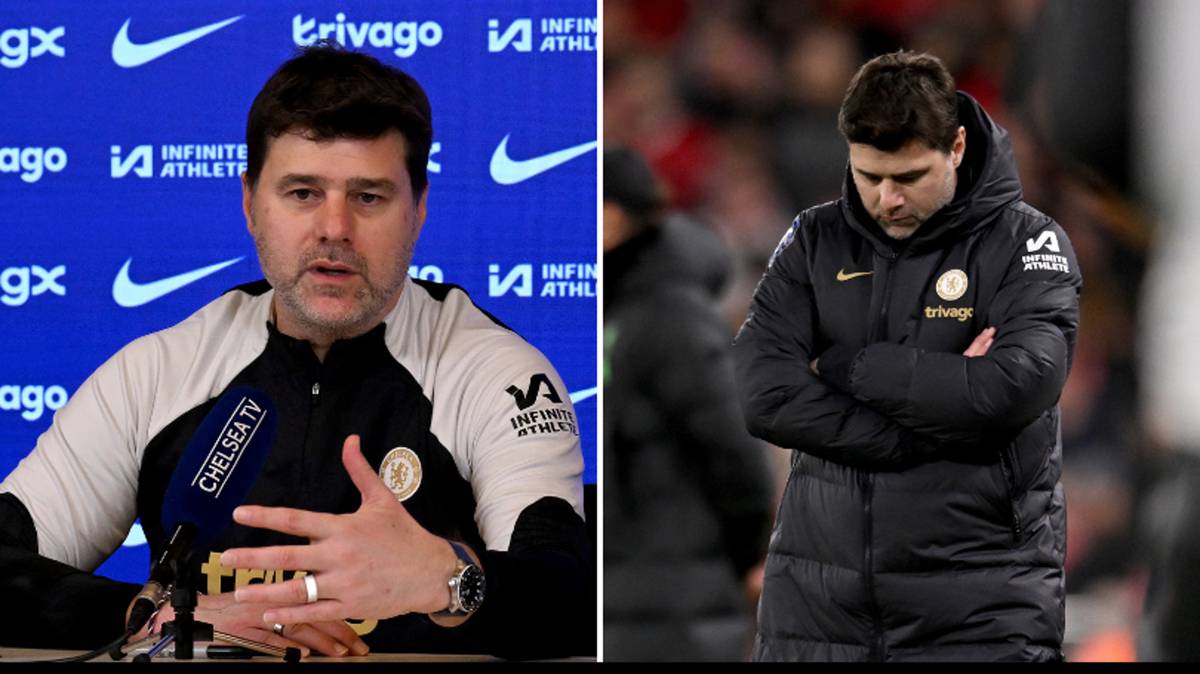
Choosing from a menu is something we’re in control of. What dish we want, how many courses, how much we spend. Right?
Restaurants, shops and cafés all use scientifically proven techniques to help guide the impulse decisions everyone makes. To understand more around the techniques used to help guide our everyday choices, online gaming specialist Coral Casino has compiled a list of some of the most prevalent.
The triangular balance
A layout technique used by visual merchandisers, the ‘triangular balance’ uses the fact that the human eye always goes to the centre of an image first to make us naturally gravitate to the priciest products. When thinking of product placement in supermarket shelves, the tallest, highest margin products are positioned in the middle and at eye level, whilst the budget lines are a little harder to find, low down or high up.
Flooring
Shops use different flooring to guide shoppers around the store and vary the pace. Smooth floors guide shoppers in, while carpet makes them more likely to slow down and browse. The deeper the carpet pile, the more indulgent it feels. Dark wood floors encourage men to shop, whilst lighter surfaces work better for women.
Some supermarkets also vary the size of the tiles used in the flooring. Smaller tiles make the trolley wheels click more often, fooling the shopper into thinking they’re walking faster, which prompts them to slow down so they’re more likely to spot something.
Seeing red
Men in particular are more likely to buy a product with a red tag. According to a study by Oxford University (Puccinelli et al. 2013), it can make them think their saving was double that shown on a black and white tag, even when the price is identical.
Impulse buys
Stores strategically placing impulse buys, such as umbrellas by the door when there is a downpour, or sweets near the till to tempt you while you queue to pay, are some of the oldest tricks in the books when it comes to retail merchandising.
The products placed in the prominent parts of the store are carefully chosen based on what they think customers may need at that very moment. In winter the lip balm will be on the racks by the till queues, but in summer it might be sun cream.
This is also why supermarkets put leaflets about their financial and insurance services above the till conveyor belts – so that bored shoppers inching their way forward are more likely to take a look, when they otherwise wouldn’t in any other part of the store.
Tricks of the restaurant trade
The most profitable items on the menu are listed in boxes, which give the sense of it being a seasonal special even if it isn’t. It makes it more likely that you’ll feel you don’t want to miss out on it. This also works for the least expensive, which is why they tend to be listed first. The second cheapest or second most expensive wines on a list are usually the top sellers.
In restaurants, the time that people are encouraged to spend in the premises is managed by the seating. Harder chairs encourage a higher turnover of customers, whilst comfier chairs allow people to relax and spend more time there. Plug sockets can be provided around these seats to allow people to stay and work, and thus keep ordering drinks.
John Hill, spokesperson at Coral Casino said: “Gaming often comes down to pure chance, for example between red or black on roulette, but many people will be entirely unaware of these tactics being used to influence their decision making in everyday life.
“To show people how effective these can be, we’ve created a game where people can find out how big an impact these techniques have on their impulse decision making.”
To take Coral Casino’s impulse decision making test, visit: http://news.coral.co.uk/casino-and-games/casino/psychology-of-decision-making.



